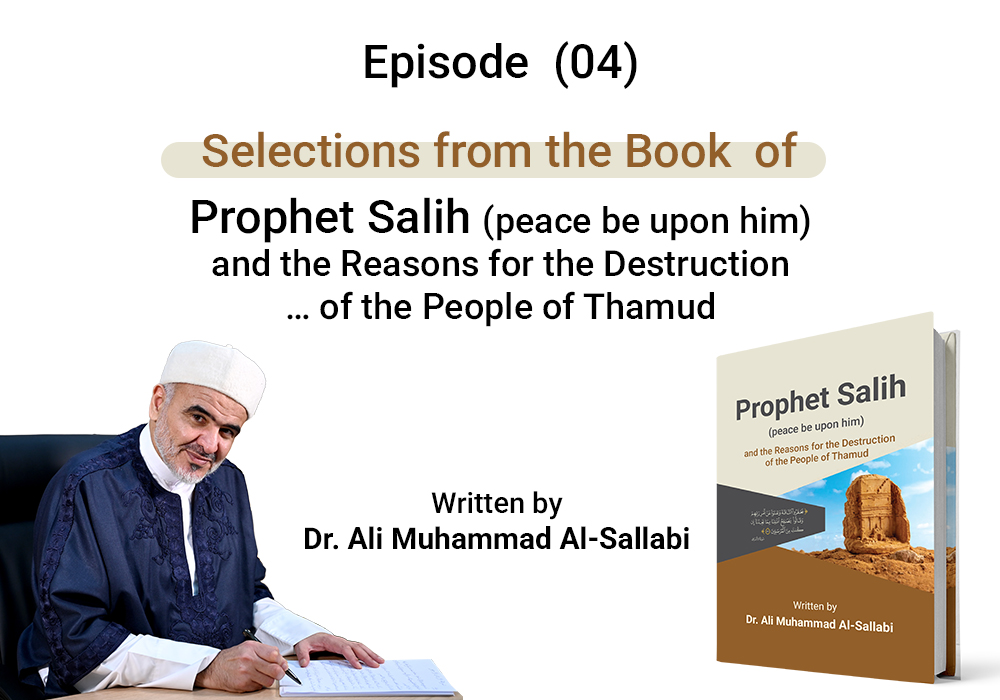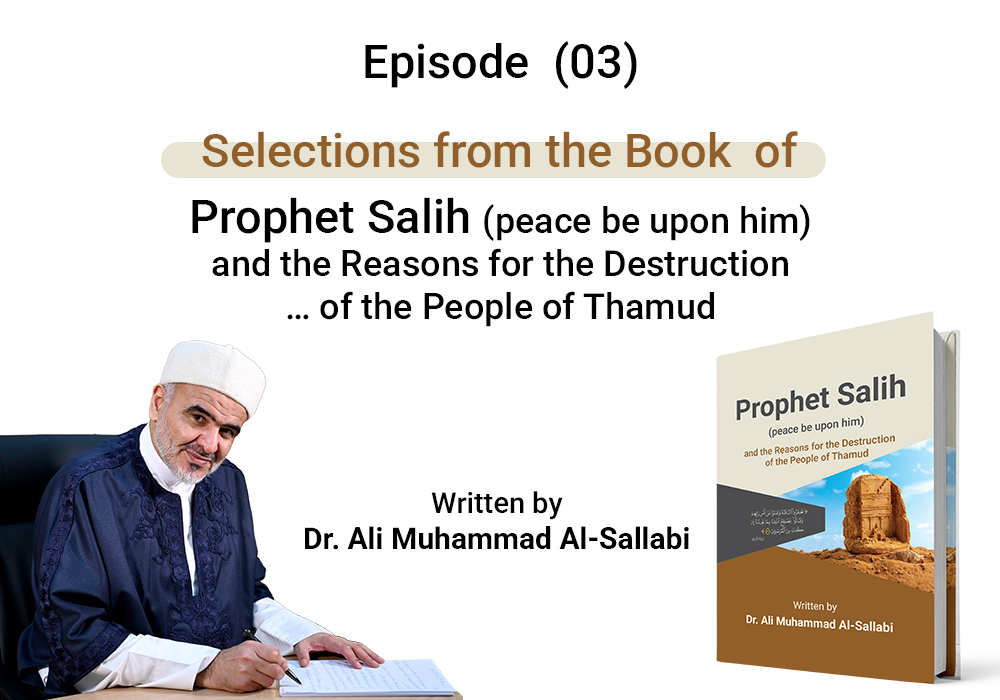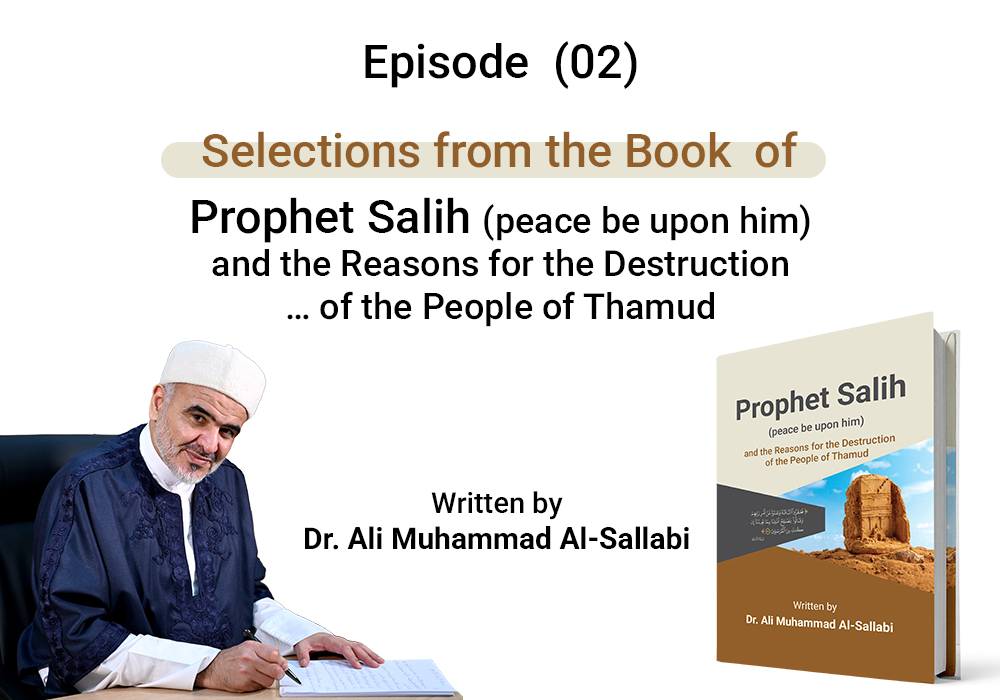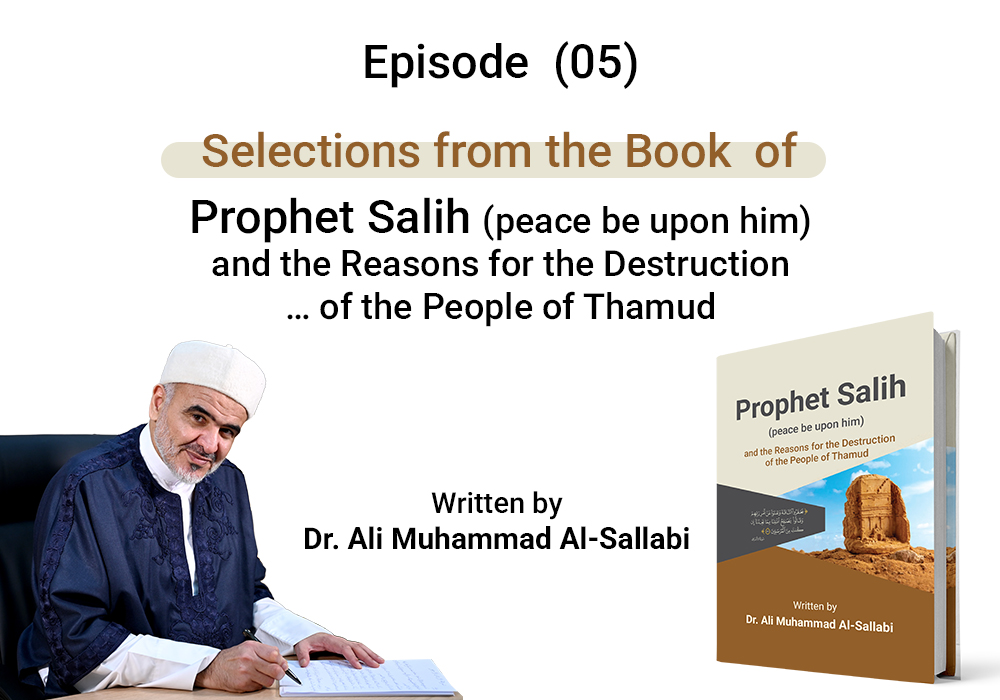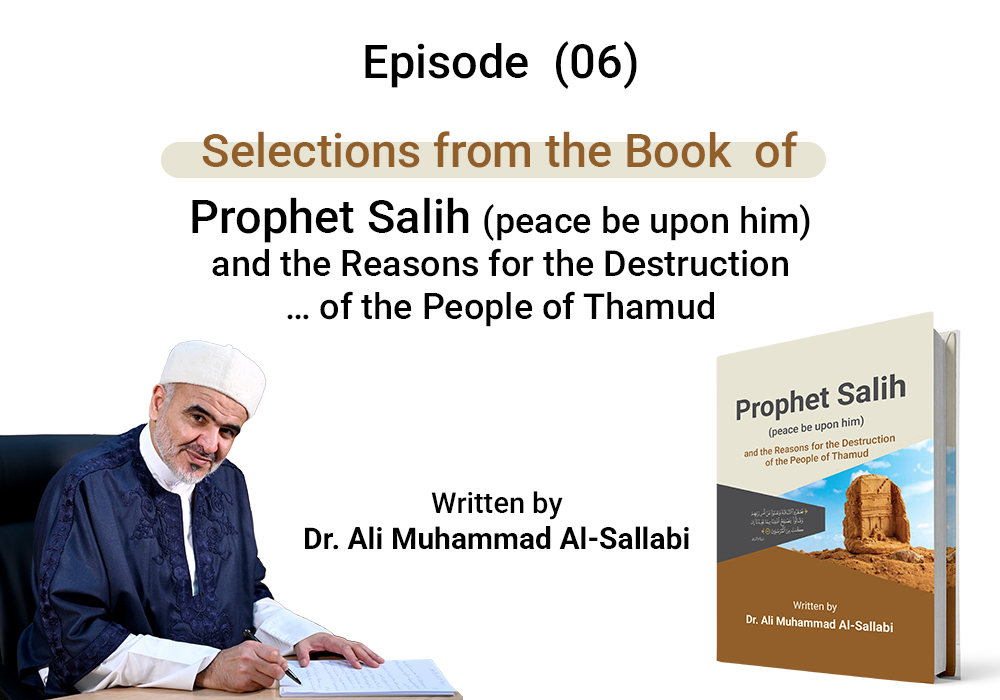Thamudic Rock Inscriptions and Drawings
Selections from the Book Prophet Salih (peace be upon him) and the Reasons for the Destruction of the People of Thamud …
Written by Dr. Ali Muhammad al-Sallabi...
Episode (04)
The rocks engraved with their writings and drawings indicate that they traveled throughout the Arabian Peninsula. Most of the Red Sea coasts were under their control, and they managed trade routes, regulated them, and provided security. European geographers over the past two centuries have discovered numerous Thamudic inscriptions that have shed further light on the lives of the Thamudic people in the Arabian Peninsula. They inhabited a region called Hajaba, and historians noted that they controlled most of the rocky Arabian region, known as Rocky Arabia, distinguishing it from Desert Arabia and Happy Arabia.
The first translation of Thamudic inscriptions was conducted by the scholar Emil Rödiger in 1837. Historians and archaeologists confirm the presence of the Thamudic people in both southern and northern Arabia thousands of years before Christ, in widespread and large, civilized communities. This was mentioned in The History by Diodorus Siculus. They were the original inhabitants of northern Arabia.
In any case, numerous Thamudic inscriptions have reached us from northern Arabia, including Tabuk, Tayma, Al-Ula, Mada'in Salih, Jabal Murayr, Medina, and Wadi Al-Ab—about 70 km from Medina—as well as from Mecca, Taif, and the northern Hijazi coasts of the Red Sea near Al-Wajh.
In central Arabia, Thamudic inscriptions have been found in Yemen near Aden, in Hajar Al-Mu‘qab at Jabal Jalil, on the edge of Najur between Hadramaut and Mecca, and in the Shawadif region of southern Yemen.
These Thamudic inscriptions indicate the settled lifestyle of the people. Some drawings depict agricultural activities, such as plowing the land—an occupation frequently mentioned in the inscriptions. Certain individuals are described as Akkar (farmer), and the word ‘Ayyan appears, meaning plowshare, both indicating agriculture. Additionally, the name Ral, meaning straw, suggests the cultivation of various grains, and the term Zara’, meaning sowing, further confirms this.
There is also evidence that the Thamudic people cultivated grapes, as indicated by the name ‘Annab (grape merchant). Multiple depictions of palm trees suggest that dates may have been the primary food source for the Thamudic people.
Some inscriptions imply that they knew how to grow cotton, as seen in the term Halaq (cotton gin worker), which also suggests knowledge of cotton processing. There are also indications that they cultivated onions, frankincense, and roses.
Thamudic inscriptions were not limited to Arabia; they have also been found in Sinai, the Nile Delta in Egypt, Wadi Hammamat between Qusair and Qift, Safa east of Damascus, northwest of Palmyra, in Sada, Jabal Ram, Umm Al-Rasas near Dhiban in eastern Jordan, and in the Negev.
- Ali Muhammad al-Sallabi, Prophet Salih (peace be upon him) and the Reasons for the Destruction of the People of Thamud, pp. 34-36.
- Historical studies from the Holy Quran (1/283).
Modern Theories in the Holy Quran, Muhammad Lutfi Juma, Alam Al-Kutub, 1991 AD, p. 218.
For further information and review of the sources for the article, see:
The Book of Prophet Salih (peace be upon him) and the Reasons for the Destruction of the People of Thamud on the official website of Sheikh Dr. Ali Muhammad al-Sallabi:


